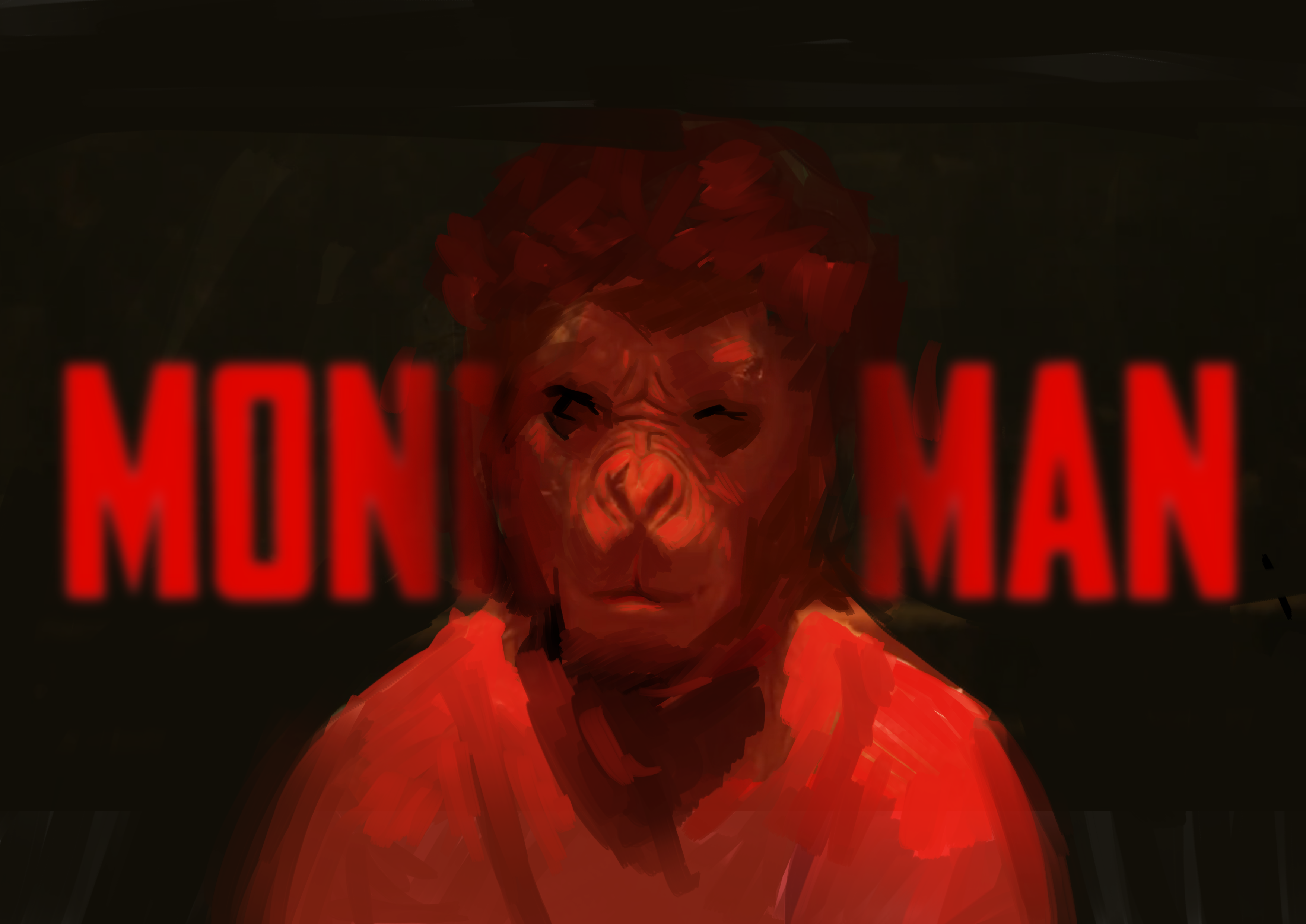Editor’s Note: This article is a review and includes subjective thoughts, opinions and critiques. The review contains spoilers for “Monkey Man.”
As I left the theater for “Monkey Man” with my friend, we heard a group in front of us complain: “They were just fighting the whole time.” I briefly recalled the film’s many tense and captivating action scenes, featuring Dev Patel in sleek-fitted James Bond-fashion, or Patel in a gorilla mask in the boxing ring. The group’s reaction, though obviously funny, captures the film’s strengths and hints at its potential weaknesses.
A self-described lover of action films, Patel’s directorial debut “Monkey Man” (2024) offers uniquely gore-y, intricately choreographed (despite or perhaps because of Patel’s injuries) and darkly humorous fight scenes, many of which left me squirming in my seat.
In one scene, Patel’s character, referred to as Kid, agonizingly pushes a knife toward a security guard’s throat in a claustrophobic elevator, managing to puncture shallowly through the guard’s neck so that the knife is just sticking out of it. With both hands occupied, Kid grabs the knife handle with his teeth, pushing it deeper into the man’s neck. This borderline-absurd violence is one moment that captures the film’s humor, but I was too shocked to manage a laugh — the group next to me did.
While it embraces innovation, the plot follows conventional tropes in revenge films. As a child, Kid witnesses his village burned to the ground and his mother brutally murdered. The people responsible wanted to clear the land for “religious” reasons.
The heavy and unresolved trauma leads Kid into an underground fighting ring, where he earns a meager living losing fights in a gorilla mask as he slowly plots revenge for his mother’s death. In spy-movie fashion, Kid’s first goal is to infiltrate “Kings,” a luxury brothel that his mother’s murderer visits, and then work his way up to the VIP floor.
After a seemingly too-quick infiltration, however, the plot is thrown into disarray, leaving the audience with no idea of what will happen next.
The film’s comedic elements, depictions of trauma and black-and-white moral universe take place in Yatana, a fictional city in India, with a rich political and cultural environment.
The vast spatial-world that the film traverses contributes toward the disorientation. From the neon-billboard skyscrapers of the wealthy to the squalid kitchen of the prostitute quarters, the suffocating underground boxing ring to the tranquil shrine where Kid recovers, each space feels alive and inhabited, yet distinctively segregated.
The audience members who felt the film depicted characters that “were just fighting the whole time” may have thought that the film lacked scope beyond extended fight sequences. But a well-laid social critique was never Patel’s intention. “What I realized early on, was that I didn’t want to make a history lesson or a polemic,” he told Rolling Stone.
Despite his frankness, a reviewer for The Verge wrote that the movie’s “attempt at spinning mayhem and Hindu mythology into commentary on India’s sociopolitical dynamics is more perplexing than powerful.”
Beyond “Monkey Man,” it seems that social critique is expected from non-white creators, in film or literature. Viewers demand that the art piece says something about the system it operates under, especially when set in foreign environments to Western audiences. Scenes depicting inequalities in India seem to invite critique, whereas white creators are mostly granted the leisure of “non-politicism” or creating “art for art’s sake.”
In another iteration, “Monkey Man” interrogates questions raised by the reviewer, but to hold up that hypothetical version as more valuable or sophisticated seems to stray from legitimate critique on Patel’s version.
The opportunities to engage deeply with issues in the film’s backdrop — India’s caste system, class exploitation and police brutality — takes second stage to the visceral imagery that film consistently punches into audiences.
For instance, Kid’s face flashes before a painting that depicts Hanuman, a Hindu deity who appears as a monkey, with the same expression while in battle against demons. The painting of Hanuman appears in intense fight scenes, a motif of self-identity and discovery.
Another visual motif, repeated so frequently it’s apparent to even casual viewers, is hands: shots of Kid’s burned hands, the police’s bloodied hands and hands washed clean in a stream. Small reoccurring moments that illustrate personal emotional exploration create resonance and, to me, make the movie work.
Ten years in the making, involving many broken bones and persisting through the COVID-19 pandemic, “Monkey Man” is a fantastic directorial debut from Dev Patel that delivers exactly what it promises: edge-of-your-seat action scenes interspersed with emotional character arcs.
